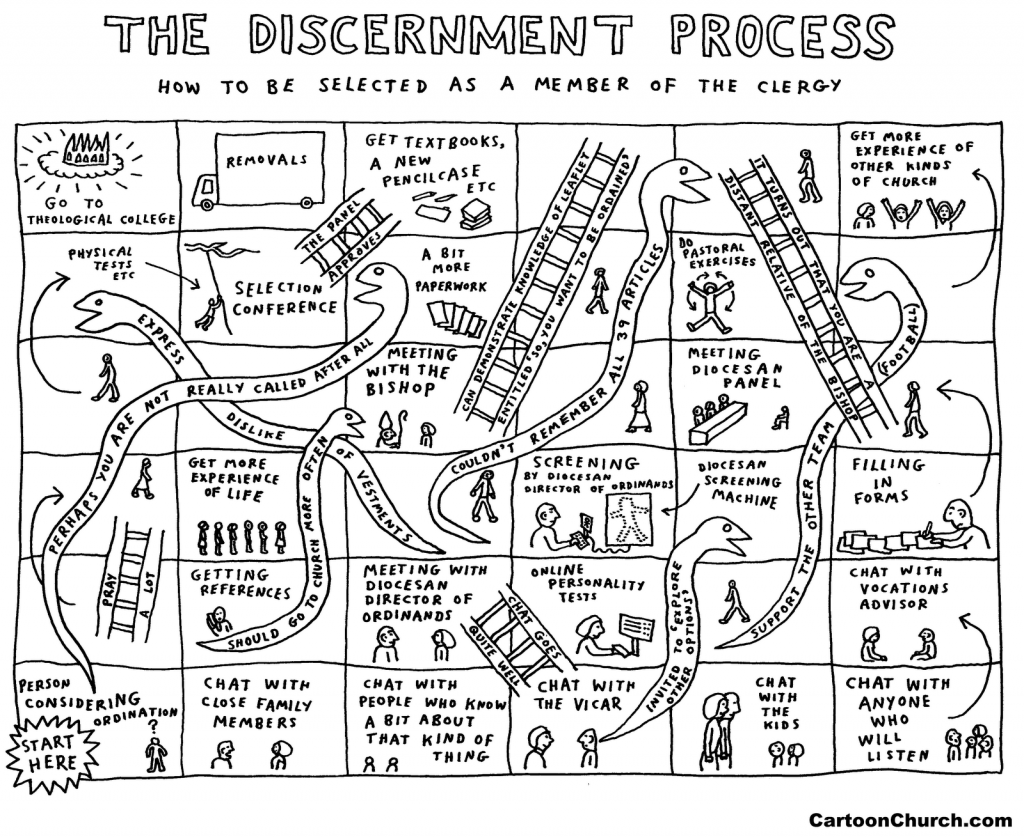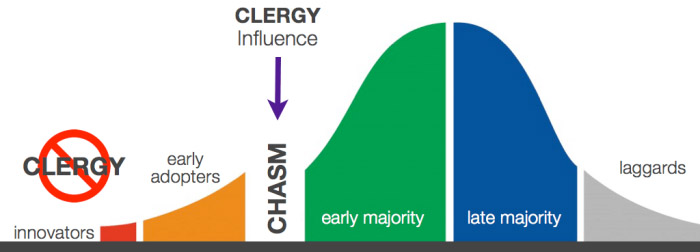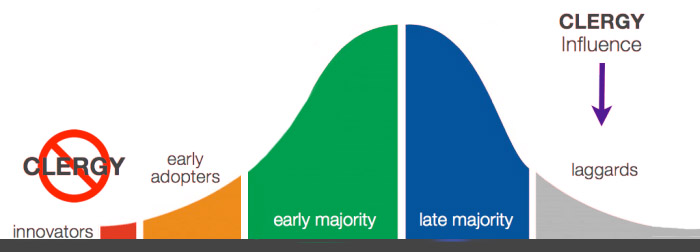Wait a minute. Where are we going?
I once worked for an editor in the LCA offices located right here in East Falls, before East Falls was removed from the ELCA map.
He had a poster on his wall that promoted the use of fewest words to make emotional impact. It went on to list examples of short but powerful phrases.
“I love you” topped the list. The example that remains in my memory is “Mom’s dead.”
My vote for most powerful three words in the English language goes to “Wait a minute.”
These three little words give us pause—a chance to consider where things are going and how we might still have a chance to influence outcomes. These three little words can stay our temptation to engage in “group think.” This rarely goes well even (perhaps especially) in the Church.
These words give us time to rein in power that is going astray. They give us a chance to consider the effects on the weak and give the less fortunate a foothold to a more promising future. A place in the pew.
They give us a chance to consider our personal motives and values when we are tempted to consider only ourselves and the easiest and cheapest alternatives.
Saying “wait a minute” opens the door for nurturing. That always takes time that the Church often doesn’t want to take. Why not? There’s only heaven waiting!
Thursday was chosen for a national day of Thanksgiving before the word “weekend” was part of the English language. It’s a little awkward today when all national holidays are assigned to Mondays. But this gives us a national “wait a minute” moment.
There will always be those who take this treasure and turn the focus on our national hedonism. Their efforts will rule the airwaves. News time will be spent photographing people tenting in big box parking lots waiting for sales that aren’t really sales.
But Thanksgiving still sits there in the middle of the week inviting us to do a good thing, a selfless thing.
Wait a minute.
Perhaps the Church should institute a “Wait A Minute” day.
Churchwide “Wait A Minute Day.”
One day a year to allow for course correction. All the past forgiven. Only the future ahead. Don’t put it on a Sunday which already has tradition and structure. Put it in the middle of the week. Employ the internet to share “wait a minute” thoughts that would never be published by the church and would take months or years.
Put Churchwide Wait A Minute Day well before Synod Assembly season, when the debating of the future is supposed to go on, but when there is no time for careful consideration or weighing of the future and the voices of only the chosen few are amplified.
Wait a minute. Where are we going?
Heaven is waiting. Why can’t we? Wait a minute.




